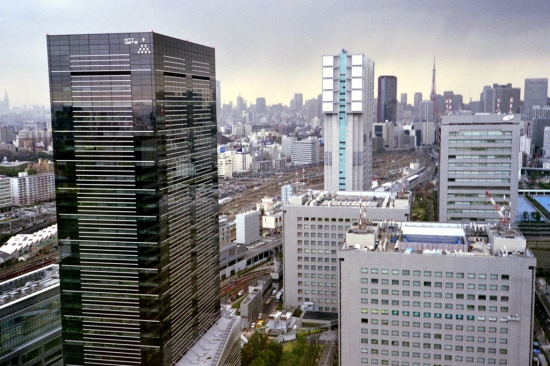Commercial property investment in the Asian market appears set for a record year and it looks as though it will surpass pre-financial crisis levels. For the first nine months of the year, the region’s commercial transactions totaled $89.6 billion, an increase of 25 per cent from the previous year. According to Jones Lang LaSalle, the volume of transactions exceeded the firm’s expectations.

Transactions in Japan have increased by 139 %
Stuart Crow, the head of Asia-Pacific capital markets, stated that the sector is seeing “unrelenting demand.” Increased activity is coming from Asian pension and sovereign funds, along with new sources of global capital.
The real estate services company increased its year-end forecast to $120 billion from $110 billion. This figure would put it on par with 2007, which was its strongest year ever by transaction volume.
Asia’s commercial property markets are currently going through a structural change and are becoming “more liquid, sophisticated and institutional.” In the third quarter, current volatility spurred some additional activity as investors saw it as a good entry point. The Japanese and Australian markets were especially active as their currencies fell.
Australia, China, and Japan led regional demand, and accounted for 69 per cent of the region’s completed transactions to date this year. Japan’s third-quarter transactions increased by 139 per cent from the same period last year, and year-to-date transactions are up 69 per cent to $29.5 billion. Yields in Japanese commercial property are down slightly and Mr. Crow noted there may be some property correction soon.
China’s activity increased by 167 per cent in the third quarter and it is up 34 per cent throughout the year to date at $16.6 billion. Offshore buyers accounted for more than half of transactions in the third quarter. Australia’s activity was up by 25 per cent to $4.9 billion.
European and U.S. commercial property markets have also seen higher levels of investment this year, according to Crow. These markets have increased by about 20 per cent each. He noted that much of the investment was from investors based in Asia.
Previous Post
Blockbuster in Administration for the Second Time